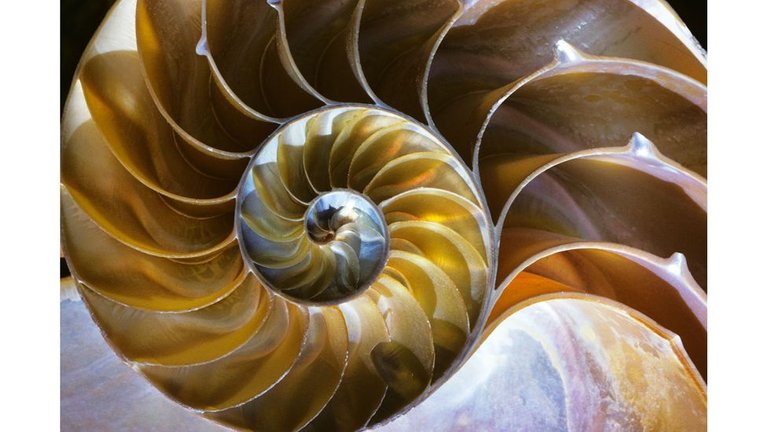"Serpent of energy"
A fascination with consciousness and the psyche in the West no doubt contributed to the growing interest in meditation and yoga from the 1960s, such as the practice of kundalini yoga, in which the spiral plays a fundamental role: "kundal" is a Sanskrit word for spiral or coil, denoting a serpent of energy that coils up through the chakras. In the healing arts, a spiral represents connectivity to the divine. In Vortex healing, it is believed that a divine spiral energy is brought in through the heart to manifest healing and transformation.
Around the same time, psychedelic art made good use of spirals and kaleidoscopic patterns to suggest the effect of hallucinogenic drugs and altered consciousness. This and the influence of psychoanalysis is clear in films such as Vertigo (1958) in which director Alfred Hitchcock uses spirals to suggest the "downward spiral" into insanity of his main protagonist, Scottie; from the opening credits, a spiral whirling in a graphic eye hypnotises us as a man in silhouette tumbles into a well of psychosis. A spiral staircase triggers Scottie's vertigo and the score, by Bernard Herrmann, was "built around spirals and circles – of fulfilment and despair", according to film director Martin Scorsese. And spiral or concentric eyes are animators' shorthand for madness – or hypnosis, such as the sinister scene when Kaa the snake in Jungle Book hypnotises Mowgli in order to eat him.A nobler intention was at the heart of a New-York based African-American collective, Spiral, formed in 1963, as a direct response to the march on Washington for jobs and freedom rally. Led by Romare Bearden, Norman Lewis, Charles Alston and Hale Woodruff, its 15 members aimed to address how African-American artists should respond to the US's changing political and cultural scene. They chose an Archimedean spiral because, "from a starting point, it moves outward embracing all directions, yet constantly upward".Emma Amos, Spiral's youngest and only female member, died in May 2020. But the group is still celebrated: fashion designer Duro Olowu wrote in Vogue of how he was "captivated" by Amos's use of bold, vivid colour, and her "ability to powerfully challenge sexism and racism… By addressing sexism, racism and stereotypes around black feminism, her paintings offer the kind of resilience and optimism for change that is so important now".
bbc.com
